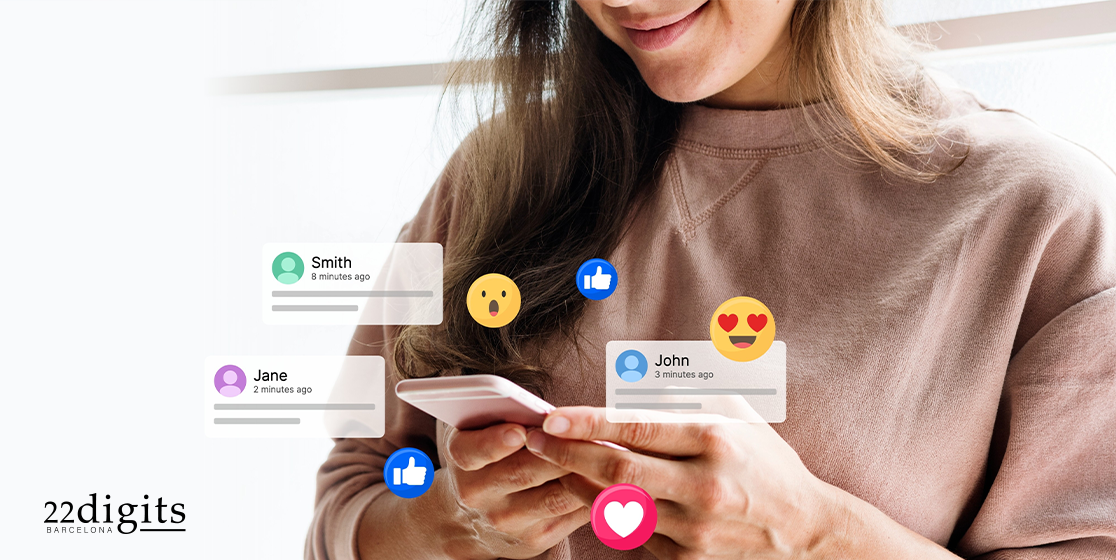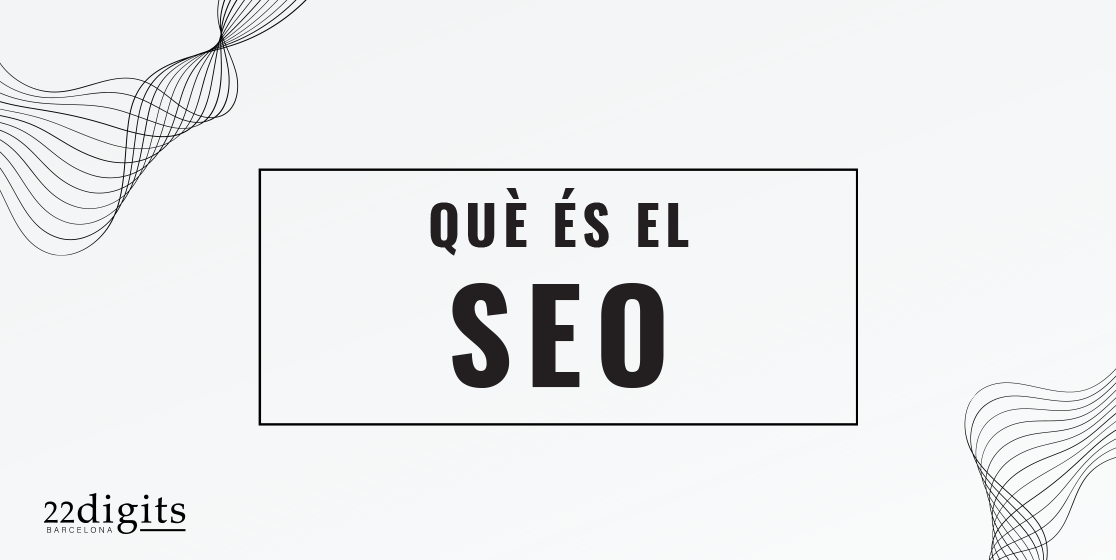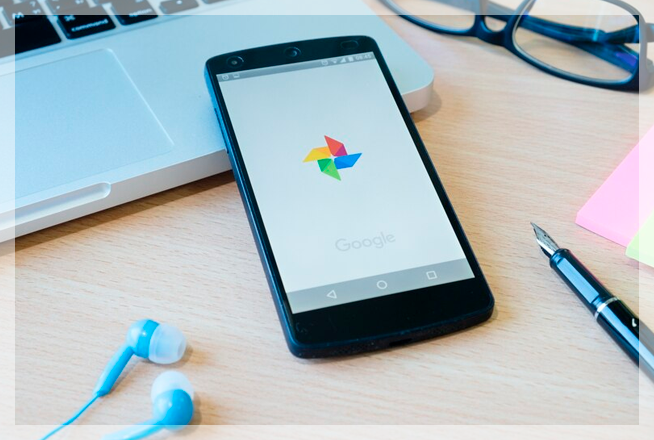FROM LOCAL TO GLOBAL: A MULTILINGUAL WEBSITE
When a company decides to go international, its website becomes the brand’s global business card. Translating content isn’t enough — you need to think about UX/UI, responsive design, reliable hosting, brand identity, and digital trust. This guide will show you how to create a website that not only speaks multiple languages but also delivers a seamless user experience across every device and culture.

Why a multilingual website opens new opportunities
A website that adapts to different languages and countries naturally attracts more attention.
In my experience, businesses that invest in multilingual design not only gain new clients but also international partners and distributors who trust the brand more.
Cultural and linguistic awareness has become a key competitive advantage in the digital age.
Responsive design: adapting to every device
Responsive design is no longer optional — it’s essential. Over 60% of global traffic comes from mobile devices. Non-responsive sites lose credibility and conversions.
Mobile-first design ensures optimal UX everywhere.
Google also rewards responsive websites in search results, so responsiveness is vital for global SEO success.
International hosting and loading speed
Hosting directly impacts trust and user satisfaction:
- CDN (Content Delivery Network) to speed up loading worldwide.
- SSL certificates to build credibility and security.
- Scalable servers to handle international traffic peaks.
No user in the UK or the US should wait longer than one in Spain or Germany to access your content.
Building trust with a global audience
Trust is the foundation of any digital relationship.
- Clean, professional web design.
- Culturally adapted and proofread content.
- Localized contact details and transparency.
- Recognized security seals and certifications.
A website that’s fast, well-translated, and secure immediately conveys professionalism and reliability.
Brand identity: consistency across languages
Maintaining a consistent brand identity across multiple languages is key:
- Keep colors, fonts, and logo usage uniform.
- Adapt visuals and messages for each culture when necessary.
- Translate your brand values, not just your words.
Consistency builds recognition and strengthens your brand worldwide.
Best UX/UI practices for multilingual websites
- Visible, intuitive language switchers.
- Simple, flexible navigation for text length variations.
- Font compatibility for special characters.
- User testing in every target market.
- Human translation with professional quality.
These UX/UI best practices ensure your website feels truly global, not just translated.
Conclusion
Going from local to global means rethinking the entire digital experience — not just language.
A multilingual website with strong UX, fast hosting, consistent identity, and cultural awareness can dramatically expand your reach and reputation worldwide.
FAQ
1. What’s the difference between translation and localization?
Translation changes words; localization adapts culture, tone, and format.
2. How do I know if my hosting is ready for international users?
Check for CDN integration, distributed servers, and global loading tests.
3. Should I use one domain or multiple country domains?
It depends: local domains inspire trust; one global domain simplifies management.
4. What are common mistakes in multilingual web design?
Hidden language buttons, machine translation, and ignoring cultural differences.
Other entries in the Blog about Digital marketing , Promotion

INBOUND MARKETING: the natural way to attract customers in the digital age

HOW TO ADAPT YOUR SEO STRATEGY TO AI & LANGUAGE MODELS

WHAT IS SEO: 5 TRICKS FOR AN ARTICLE

ADVANTAGES OF NEWSLETTERS

STEPS TO INCREASE YOUR CUSTOMER DATABASE

WHY AND HOW TO CREATE A MARKETING CAMPAIGN

Guide to organize an exhibition
